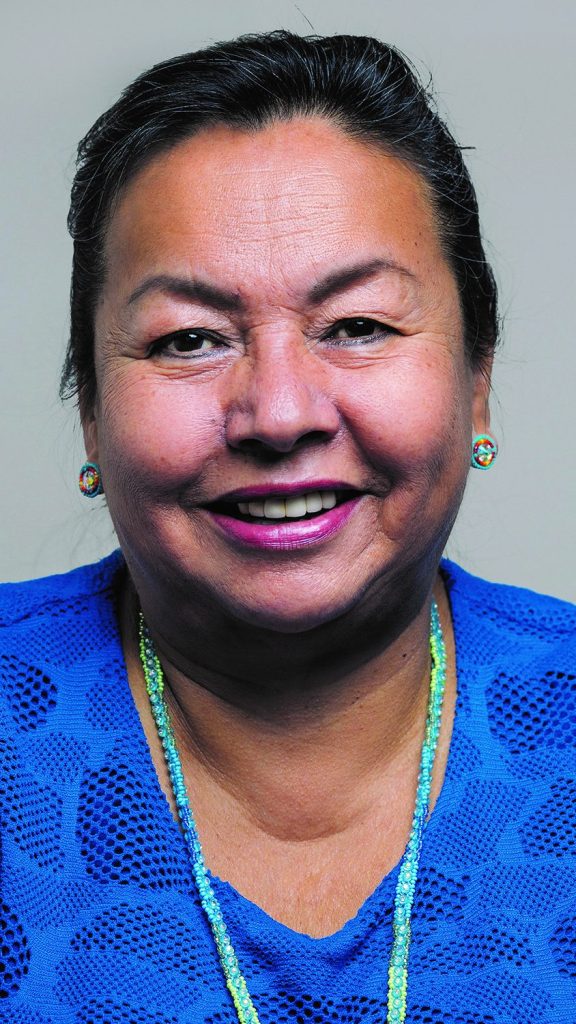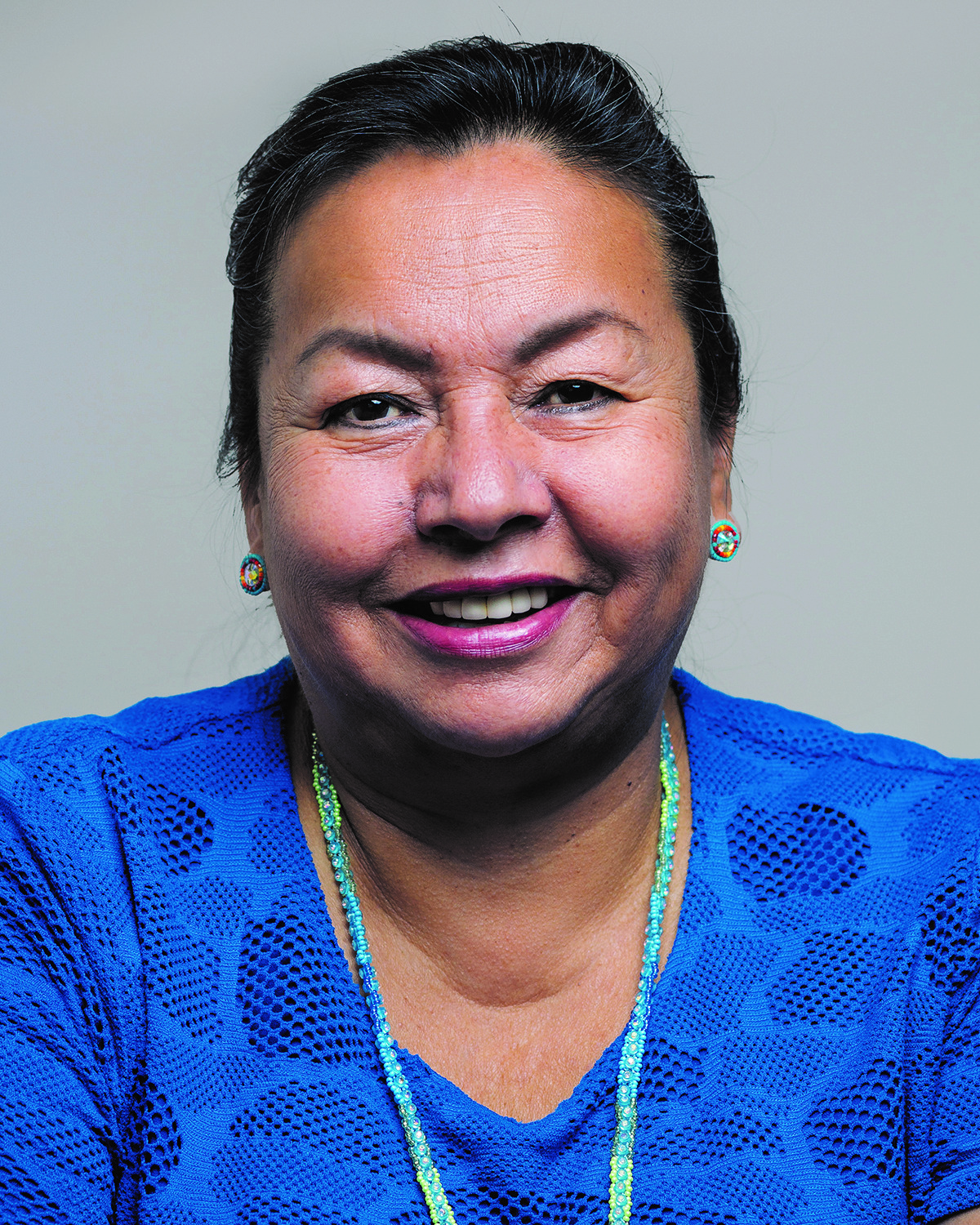
SLFNHA’s Chief Operating Officer, Janet Gordon, has worked with SLFNHA since its beginning in the early 90’s. She began her health care career in nursing, and later moved into the administrative side of things and took on more and more leadership responsibilities along the way. In honor of International Women’s Day and Women’s History Month, SLFNHA presents some questions and answers with Janet about her career in health care.
What factors helped you navigate the health system and become a respected leader?
JG: I think it started from my family supporting me from the beginning when I decided to become a nurse. For me, I had a vision in my head of what health care could look like for our communities. I looked at opportunities and how I could build my knowledge and skills to help the cause, from being a nurse, to a nurse in charge in a community, to a nursing leader, and having the opportunity to work at the health authority, to build a health care system. I had to talk to myself a bit and tell myself that I could do this work. There wasn’t a lot of support for an Indigenous woman to be a leader in the health care system, and I was treated differently in different places where I worked, and at school as well.
Are there additional challenges being a woman leading in today’s environments?
JG: In health care, we’re in a meetings all the time and there’s maybe only one male in the room, the rest are women. In health care, it’s a caring service, so I think women do well in that system, because we’re made that way. Not that I’m saying that men aren’t caring, but women have that natural caring instinct that way. But in the system, as you go up higher, it feels like it’s been filled with men, so I don’t think we have enough women in those high profile jobs. It’s evident in the federal government. They have a lot of rules, like needing to speak French or get French training. It’s getting better, but it’s still hard for Indigenous women to get hired at those executive jobs.
What barriers did you face and how did you overcome these barriers?
JG: I faced racism and was treated differently in school, and working in the hospital too, and nursing stations. I was treated differently. It’s worse when you’re an Indigenous woman. But I just kept plugging away with my work and took advantage to build my skills, and my colleagues supported me a lot on the way which helped. You need to build your support network.
What made you decide to pursue a career in a leadership role?
JG: For me, just having that revelation or just saying, ‘why can’t I be a leader as an Indigenous woman in health care?’ And pursuing those goals, to make a difference at the system level, and making an impact at the community level as an Indigenous woman.
What can organizations do to support and encourage more women to take on leadership roles?
JG: Organizations need to really have a plan to have more Indigenous women in leadership roles, and to be part of their organization. They need to plan for how they will support Indigenous women to move up to leadership roles, both in their organization, and other organizations. It needs to be part of the HR plan.
What is your greatest accomplishment as a leader?
JG: It’s hard to choose one, but the greatest accomplishment in myself as a leader is being able to move programs along, to help services become a reality. One I’m proud of is that we had a public health systemin place before Covid hit. Thank goodness we had that. It continues to grow and improve, but to have something on the ground was critical for the pandemic response. I’m proud of all the service areas I’ve been involved in. I was in Client services before this, and clients used to be picked up by taxis and taken to the old hostel. When we grew SLFNHA and built it up, we were able to provide services under one organization, and we keep building on it. I’m proud that we are always striving to provide good services to the communities we serve.
What advice would you offer to aspiring Indigenous women leaders?
JG: Before you can fly, you have to learn how to walk. You have to do the hard work on the ground. You do that by working in the communities, working with other people, and building that knowledge as a health care provider. One of the hardest things as a leader is relationships, with other people and other organizations. The other thing is managing people. It’s crucial for people to build those management skills. Because as a leader, you’re going to be managing resources, whether human resources or financial. My mom always told me, ‘If you don’t have anything useful to say, whether in a meeting or a conversation, just listen.’ Soaking in the knowledge from other people, attending conferences and learning from other people cannot be understated.
